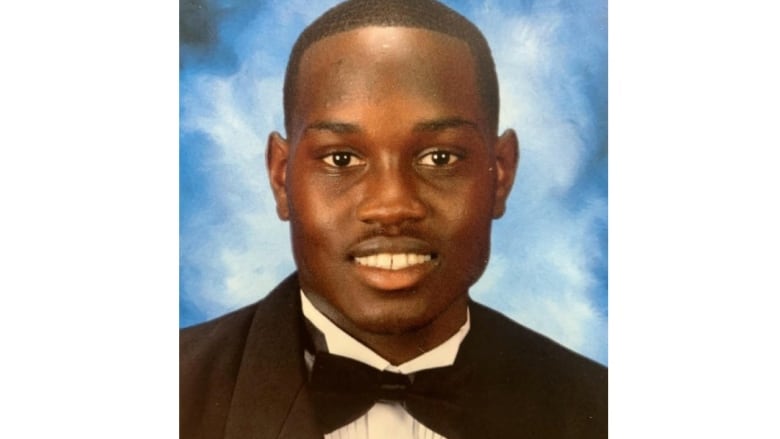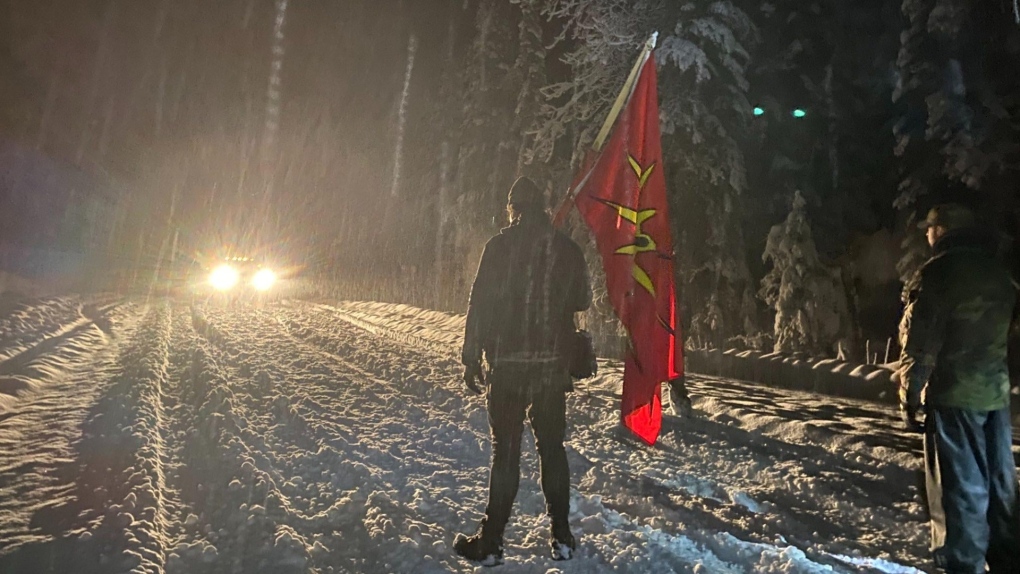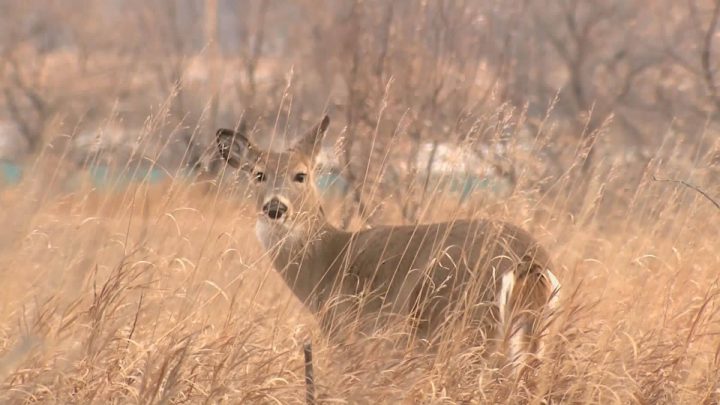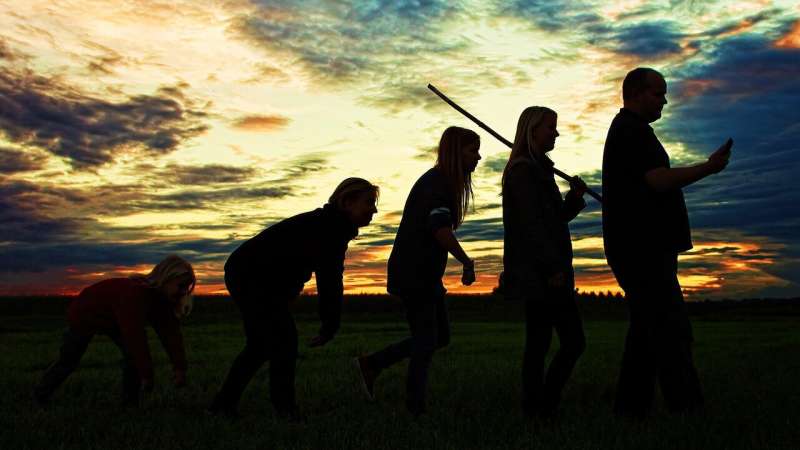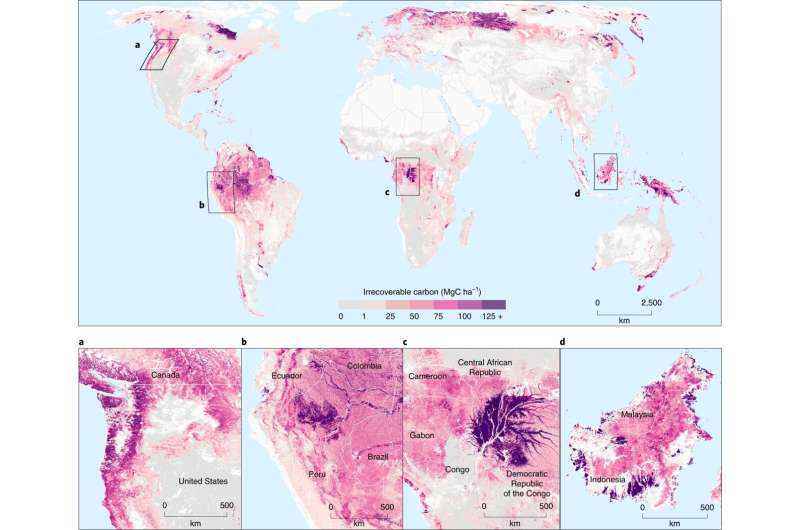3 white men guilty of murdering Black man Ahmaud Arbery, WHITE Georgia jury finds
Arbery's killing in Georgia last year became part of a larger
national reckoning on racial injustice

All three white men charged in the death of Ahmaud Arbery — a 25-year-old Black man who was chased and shot in a Georgia neighbourhood in February 2020 — were convicted of murder Wednesday in the fatal shooting that became part of a larger national reckoning on racial injustice.
The convictions for Greg McMichael, son Travis McMichael and neighbour William "Roddie" Bryan came after jurors deliberated for about 10 hours. The men face minimum sentences of life in prison. It is up to the judge to decide whether that comes with or without the possibility of parole.
Travis McMichael stood for the verdict, his lawyer's arm around his shoulder. At one point, McMichael lowered his head to his chest. After the verdicts were read, as he stood to leave, he mouthed "love you" to his mother, who was in the courtroom.
Moments after the verdicts were announced, Arbery's father, Marcus Arbery Sr., was seen crying and hugging supporters outside the courtroom.
"He didn't do nothing," the father said, "but run and dream."
The McMichaels grabbed guns and jumped in a pickup truck to pursue the 25-year-old Black man after seeing him running in their neighbourhood outside the Georgia port city of Brunswick in February 2020. Bryan joined the pursuit in his own pickup and recorded cellphone video of Travis McMichael fatally shooting Arbery.
Though prosecutors did not argue that racism motivated the killing, federal authorities have charged them with hate crimes, alleging that they chased and killed Arbery because he was Black. That case is scheduled to go to trial in February.
Shooting captured on video
The jury sent a note to Superior Court Judge Timothy Walmsley soon after returning to court Wednesday morning asking to view two versions of the shooting video — the original and one that investigators enhanced to reduce shadows — three times apiece.
Jurors returned to the courtroom to see the videos and listen again to the 911 call one of the defendants made from the bed of a pickup truck about 30 seconds before the shooting.
The disproportionately white jury received the case around midday Tuesday and spent about six hours deliberating before adjourning without a verdict.
The McMichaels told police they suspected Arbery was a fleeing burglar when they armed themselves and jumped in a pickup truck to chase him. Bryan joined the pursuit when they passed his house and recorded cellphone video of Travis McMichael blasting Arbery at close range with a shotgun as Arbery threw punches and grabbed for the weapon.
On the 911 call the jury reviewed, Greg McMichael tells an operator: "I'm out here in Satilla Shores. There's a Black male running down the street."
He then starts shouting, apparently as Arbery is running toward the McMichael's idling truck with Bryan's truck coming up behind him: "Stop right there! Damn it, stop! Travis!" Gunshots can be heard a few second later.
Multiple charges for each defendant
The graphic video of the shooting death leaked online two months later, and the Georgia Bureau of Investigation took over the case and arrested the three men. Each of them was charged with murder and other crimes.
Defence attorneys contended the McMichaels were attempting a legal citizen's arrest when they set off after Arbery, seeking to detain and question him as a suspected burglar after he was seen running from a nearby home under construction.
Travis McMichael testified that he shot Arbery in self-defence. He said Arbery turned and attacked with his fists while running past the idling truck where Travis McMichael stood with his shotgun.
Prosecutors said there was no evidence Arbery had committed crimes in the defendants' neighbourhood. He had enrolled at a technical college and was preparing at the time to study to become an electrician like his uncles
